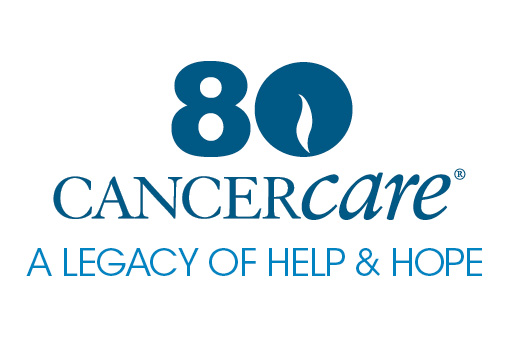Shared decision making is an approach to health care that accounts for a patient’s needs and desires in terms of treatment choices. This fact sheet will cover:
- What shared decision making is
- The benefits to shared decision making
- Other perspectives and viewpoints
- How to discuss shared decision making with your doctor
What Is Shared Decision Making?
Shared decision making is when patients work with their doctors to make treatment choices that meet their own preferences and values. These can include questions about quality of life and ability to work, as well as personal, cultural and religious beliefs.
This is different from the traditional approach where doctors often make decisions about care without much input from their patients. In addition to your doctors, others can play a role in shared decision making, including other members of your health care team, your caregivers and loved ones.
What Are the Benefits of Shared Decision Making?
Shared decision making can help you feel more secure in your treatment and that their wishes are being considered. When there is more than one medical option to choose from, your values and priorities can help pick the right ones on a personal level. These values can include, but are not limited to:
- The value of comfort and less pain versus continuing treatment
- The need to go back to work
- Costs of treatment, including medical co-payments
- Any possible changes in fertility
- The cultural value of changes to your body, such as losing hair or need for reconstruction
Working with your health care team, you can make sure your values are a core part of any decisions made.
The Value of Other Perspectives
Different perspectives and additional information can help as you make health care decisions.
Caregivers and loved ones can bring different viewpoints and experiences. They can also advocate for you, giving you encouragement and support.
More information can be found about your diagnosis and treatment options online. Make sure these are trustworthy and reliable websites.
A second opinion may be available from other doctors who could have a different evaluation of your options.
It is important to be open and honest about your thoughts and views. In the end, all decisions must be yours alone.
How to Engage in Shared Decision Making
Not every doctor practices shared decision making, although the world of cancer care is changing. It may be good to bring up your preferences about how to communicate your wishes and how decisions should be made. Here are some ideas:
- Ask for time to discuss your values and desires, which can be during regular appointments.
- Don’t be aggressive with members of your team. They should be partners in your care.
- Be open about what you don’t understand and what you need to know.
- Write down your thoughts and prepare questions for future discussions.
